10 Guest Moments That Touched Our Hearts At Masai Mara Accommodation

10 Guest Moments Real stories from Mara Siligi Camp, Masai Mara Safari adventures are always filled with beauty, excitement, and unforgettable wildlife encounters — but at Mara Siligi Camp, one of the most memorable Masai Mara accommodation, the moments that stay with us most are the genuine connections we share with our guests. Over the […]
Warm Hospitality in the Wild: Guests Appreciate the Mara Siligi Team

Guests Appreciate the Mara Siligi Team A safari in the Masai Mara is always magical — but at Mara Siligi Camp, guests say it’s the people who make the experience truly unforgettable. Time and again, visitors share how the warmth, kindness, and genuine care of the Mara Siligi team turn a trip into a heartfelt […]
Wildlife Species to Watch on a Masai Mara Safari in December–January
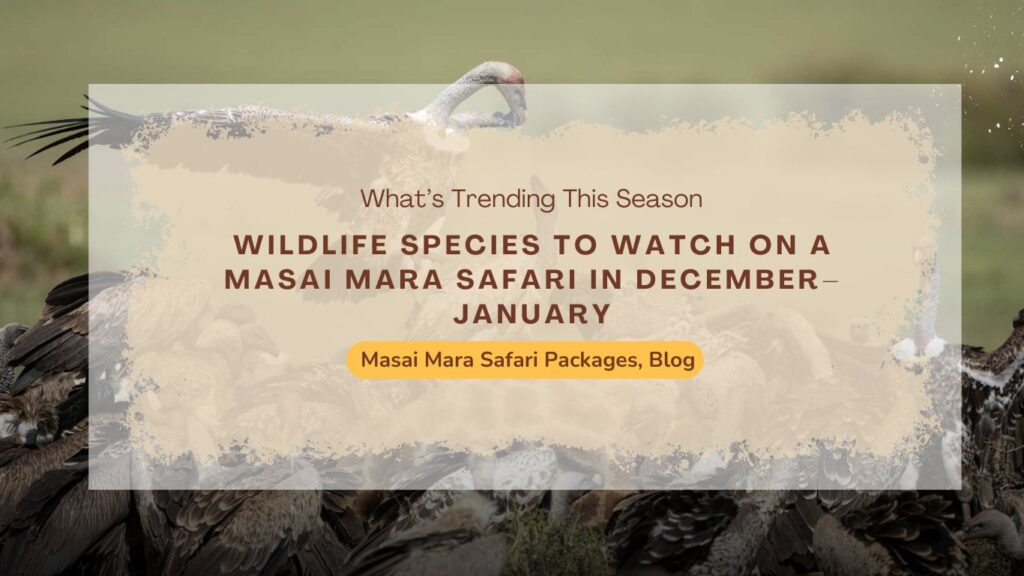
Wildlife Species to Watch in December–January Embarking on a Masai Mara safari in December–January promises unforgettable encounters with Africa’s iconic wildlife. The short rains transform the savannah into a vibrant green canvas, wildlife is at its most active, and every moment is a photographer’s dream. Whether you’re selecting Masai Mara tour packages, planning a family […]
Masai Mara Photography Tours in December: Short Rains & Lush Grass
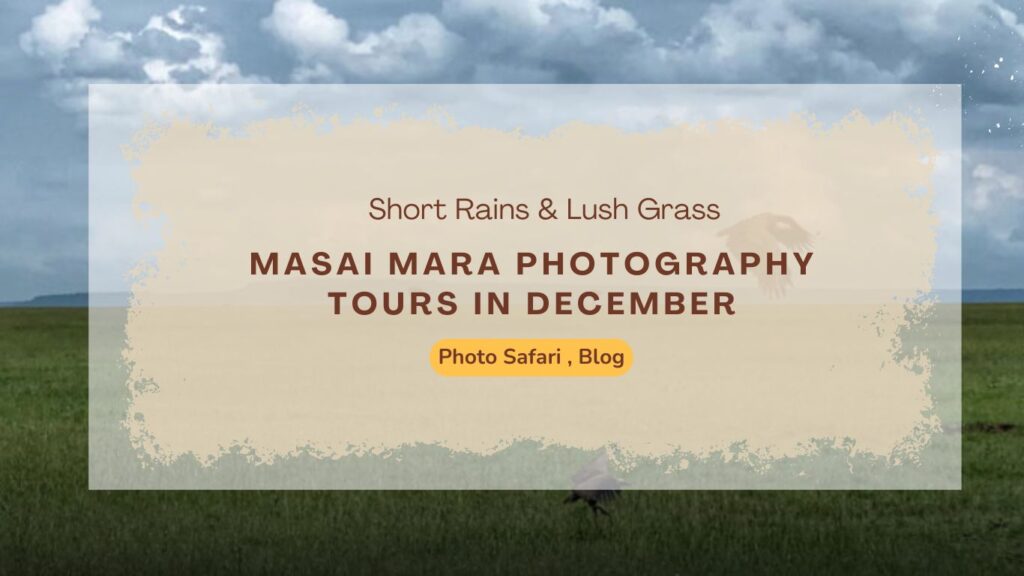
Masai Mara Photo Tours: December Wildlife & Green Plains December brings a fresh, vibrant transformation to the Masai Mara, making it one of the most rewarding seasons for wildlife photography. The short rains create lush green plains, dramatic skies, and heightened animal activity — the perfect conditions for striking images. If you’re planning Masai Mara […]
First-Time Safari? Here’s Why You Should Book a Safari Resort in Talek
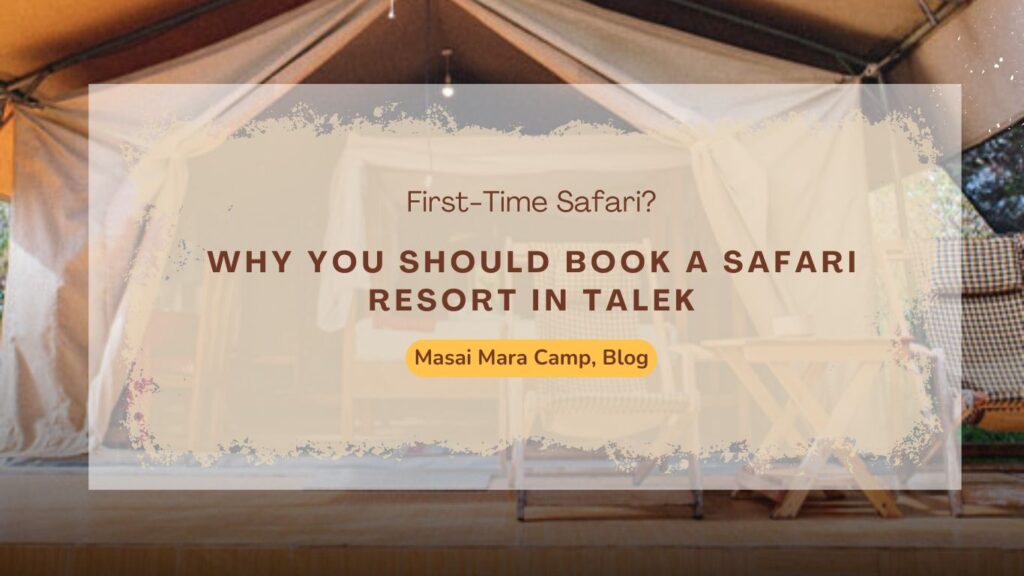
Book a Safari Resort in Talek If you’re trying to figure out where to stay for your first Masai Mara experience, here’s a simple truth most travelers learn only after their trip: staying at a safari resort in Talek gives you a huge advantage. The wildlife is closer, the drives are smoother, and you spend […]
Top Game Drives from Masai Mara Camps Near Talek This Dry Season

Top Game Drives from Masai Mara Camps If you’re heading to the Masai Mara this dry season, you’re in for some of the most rewarding game drives of the year—especially if you’re staying near Talek. The dry months open up the landscape, wildlife concentrates around key water sources, and predators become incredibly active. And if […]
Maasai Mara Safari Packages for Travelers From Nairobi, Mombasa & Kisumu
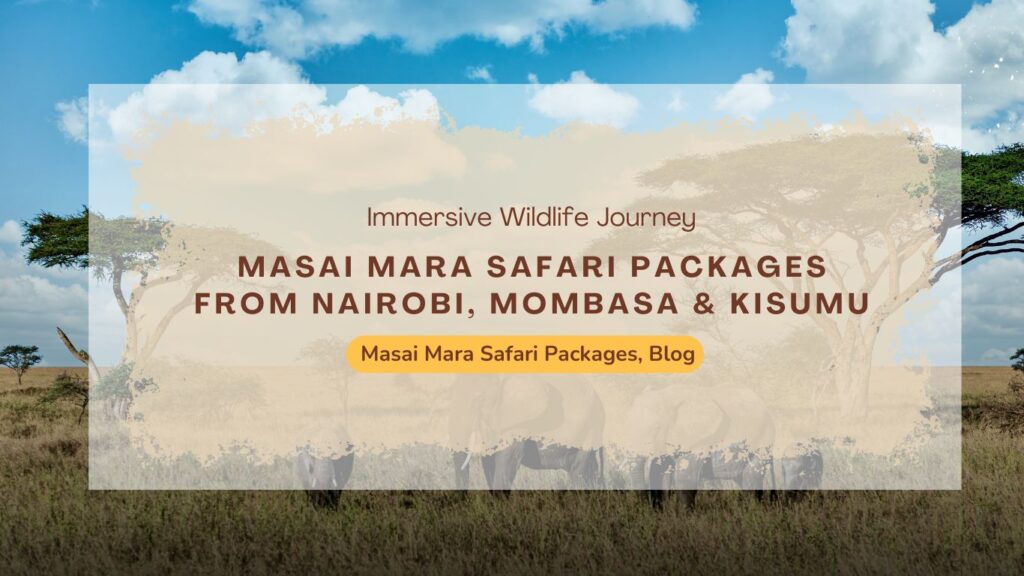
Masai Mara safari packages from Nairobi, Mombasa, or Kisumu Planning a Masai Mara safari is one of the most exciting trips you can take in Kenya. If you’re traveling from Nairobi, Mombasa, or Kisumu, understanding the best routes, travel options, and Maasai Mara safari packages can save you time and enhance your wildlife experience. In […]
The Great Migration 2026: Plan the Perfect Masai Mara Photography Tour Experience
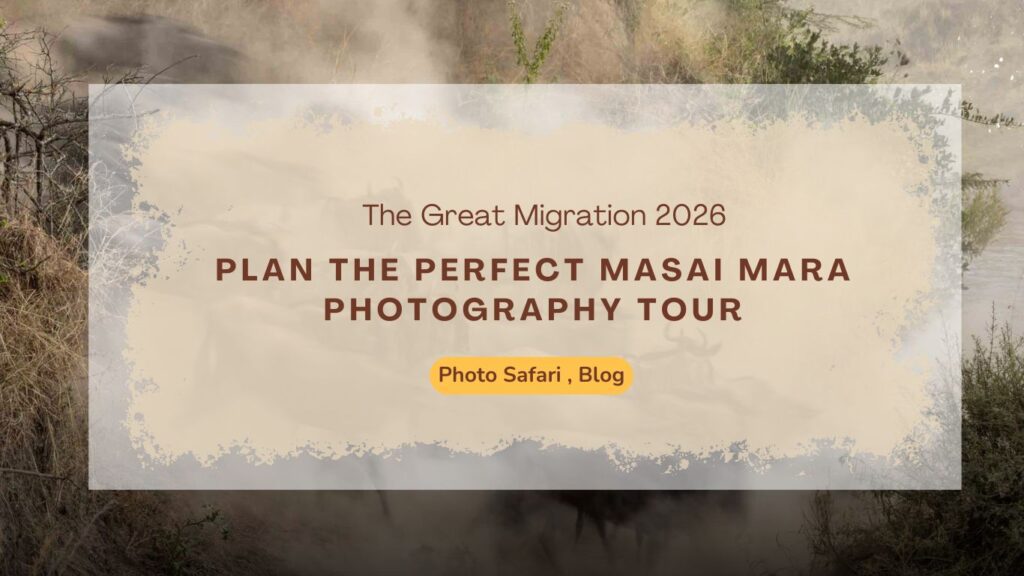
The Great Migration 2026 If you’re planning a Masai Mara photography tour in 2026, this is the year to capture Africa’s most iconic wildlife spectacle in all its glory. From the heart-stopping drama of the Great Migration to the golden-hour silhouettes over the savannah, every frame tells a story waiting to be photographed. With Mara […]
2026 Safari Calendar: Best Seasons for Masai Mara Wildlife Photography Tour
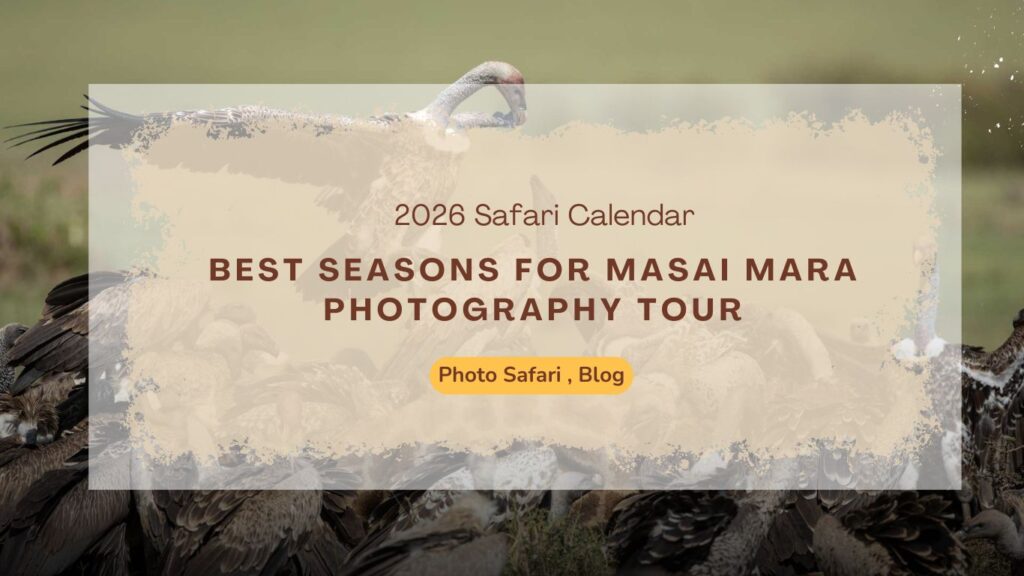
2026 Safari Calendar Planning your Masai Mara photography tour in 2026? Get ready for an unforgettable journey through Kenya’s most iconic wilderness — where golden plains, dramatic skies, and untamed wildlife come together in perfect harmony. Whether you dream of capturing the Great Migration or intimate portraits of lions at sunrise, timing your trip around […]
Food, Wi-Fi & Facilities in Masai Mara Camps — What’s It Really Like?
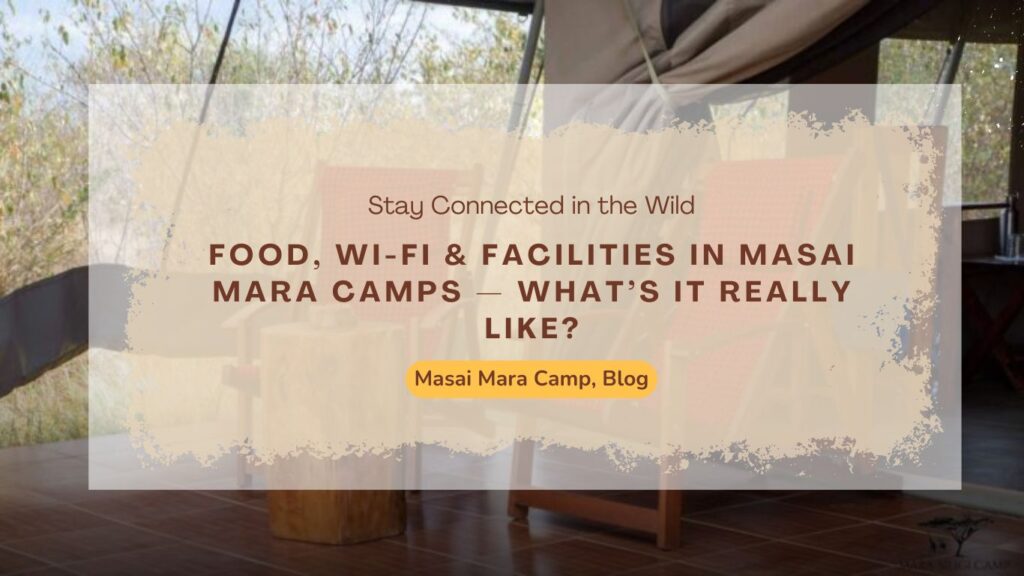
Facilities in Masai Mara Camps When you think of staying at a Masai Mara camps, you probably imagine endless savannah views, the sounds of nature, and evenings around a bonfire. But if you’re wondering “Will I get Wi-Fi? Hot showers? Good food?” — you’re not alone. Let’s explore what life at Mara Siligi Camp really […]

